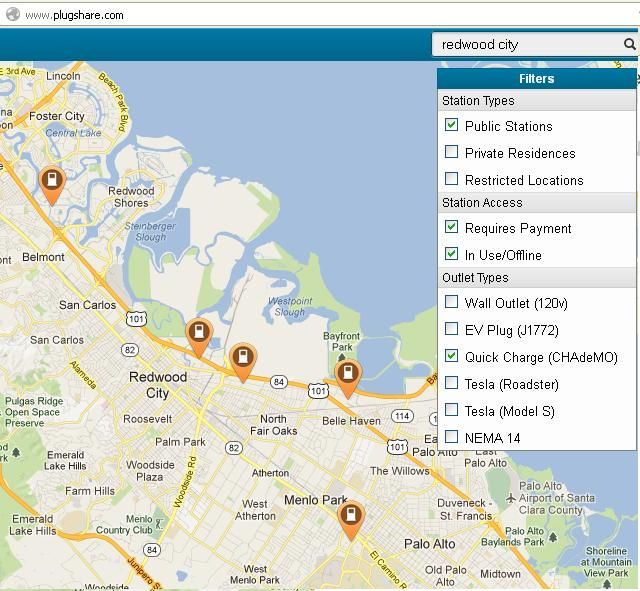EVDrive said:
For me the second biggest issue with the Leaf after the range is the long charge times.
6.6 kWh is better but not future proof. A 6.6 kWh charger is 15 years + out of date. We really need to have more powerful J1772 chargers being installed as well, 10, 20, 30, 40, 50kwh. The standard can support 70amps so let's use it. L2 is so much easier to deploy so fast l2 makes the most sense in the near term. We also need to have cheap L1and 2 chargers that operate at a low output reserved for mostly useless plug ins like the plug in Prius. No point in having weak plug ins like the PIP occupy a 20kwh charger. Until we have faster charging, plug ins will not reach their potential. It takes 10 minutes to fill at the gas station. Refueling speed and convenience is the expectation from car buyers. Tesla gets this. Nissan should copy them and do it cheaper...
There is "No point in having weak plug ins like the PIP occupy a 20kwh charger."
Which is exactly why the current L2 "opportunity charging" model we are currently investing in, IMO. will probably never provide economical and reliable charging for BEV's. The slowest charging vehicles with the least need to charge (small-battery PHEVs) will always tend to "crowd out" the the faster-charging BEV vehicles, making public charging less reliable for those vehicles for which public charging is a necessity.
Most all BEV owners will always do the vast majority of their charging at home using cheap off-peak power. Until battery prices fall and energy density increases dramatically, this means the home charge rate will not need to be faster than 3.3 kW to 6.6 kW, for the vast majority of BEV Drivers, for the foreseeable future.
BEV's only require dedicated high kW
public charge sites on an infrequent basis for those trips exceeding their initial charge range. Whether the charge sites are DC or AC is largely irrelevant to the charge rate, but the infrastructure and vehicle costs are likely to be far lower if we put the chargers in fixed locations at charge stations, rather than forcing all BEV owner to lug their own "fast chargers" around with them, for occasional use.
Last month's spy shots showed the USA market "S" plugged into a Chademo:
http://www.greencarreports.com/pictures/1079716_2013-nissan-leaf-spy-shots-of-new-less-expensive-model_gallery-1#100404860" onclick="window.open(this.href);return false;
I hope this indicates the the DC port will be standard on even the "Stripper" 2013 LEAF.
IMO, Nissan understands the concept of the
slow at home/fast on the road charging requirements of BEVs.
Exactly what Nissan intends to do to provide
the greatest potential improvement in driving a LEAF in 2013 over 2011, which is not the incremental improvements in the car, but the ability to fast-charge on the road at DC stations, is still not clear.





